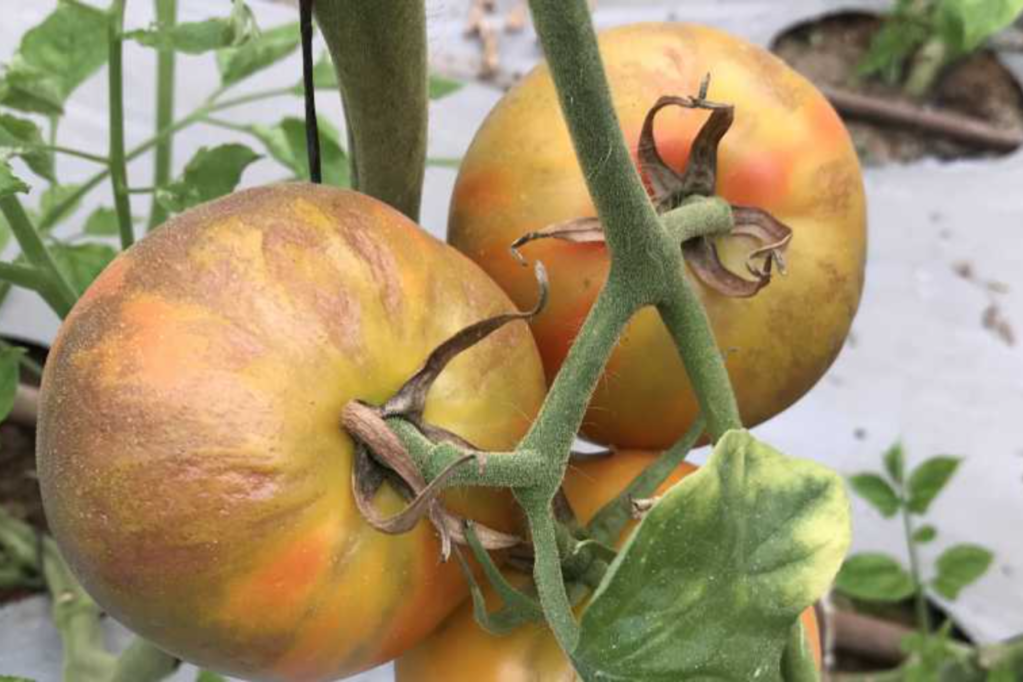Australia’s first case of damaging tomato virus found in Adelaide
Two northern Adelaide properties are under quarantine and investigations underway after a “highly contagious” and threatening fruit virus was detected – the first time it’s been found in Australia.

Tomato brown rugose fruit virus (ToBRFV) was detected at two properties in the Northern Adelaide plains, the Department of Primary Industries and Regions said on Monday.
The department did not name the locations but confirmed to InDaily that it was Australia’s first confirmed detection of the disease.
PIRSA said response and surveillance measures were now underway at the properties and quarantine measures have been implemented, while investigations continue into possible sources of the infection.
ToBRFV is a highly contagious exotic virus that affects tomatoes, capsicums and chillies, and is regarded as a “considerable threat” to Australia’s $5.8 billion vegetable industry.
It leaves fruits with brown wrinkled spots, deformations and uneven ripening, impacting their yield and marketability. Plants may present mosaic patterns and yellowing and deformed leaves, though PIRSA said symptoms present differently in different plant varieties.
It has been known to infect up to 100 per cent of a crop, with yield losses between 25 to 70 per cent reported from outbreaks around the world, according to the United Kingdom’s Department for Environment Food and Rural Affairs.
The virus causes no known impacts on human health.

ToBRFV has no known impacts on human health but reduces the marketability of fruits. Photo: Horticulture Week
A part of the Tobamovirus group, ToBRFV is listed on the National Priority Plant Pest list. It was first reported in 2014, with the first outbreak in Israel, followed by Jordan in 2015, and the United States in 2018, among others.
Stay informed, daily
The virus is transmitted through propagation materials, such as seeds, grafts and cuttings, and can spread through contact via tools, hands and bees. Soil can remain contaminated for months after coming into contact with the virus.
The Federal Department of Agriculture, Fisheries and Forestry has previously said global movement of the virus via seed “appears to be the only credible explanation for the observed intercontinental movement”.
PIRSA said it would “continue to update industry on surveillance, testing and contract tracing efforts”.
“Growers are urged to look out for signs of tomato brown rugose fruit virus and report anything unusual to ensure early detection,” said chief plant health officer Nick Secomb.








